The pandemic gave small farmers an upper hand for once. Now what?
Hard times connected customers to their community farms. But that progress is being erased.

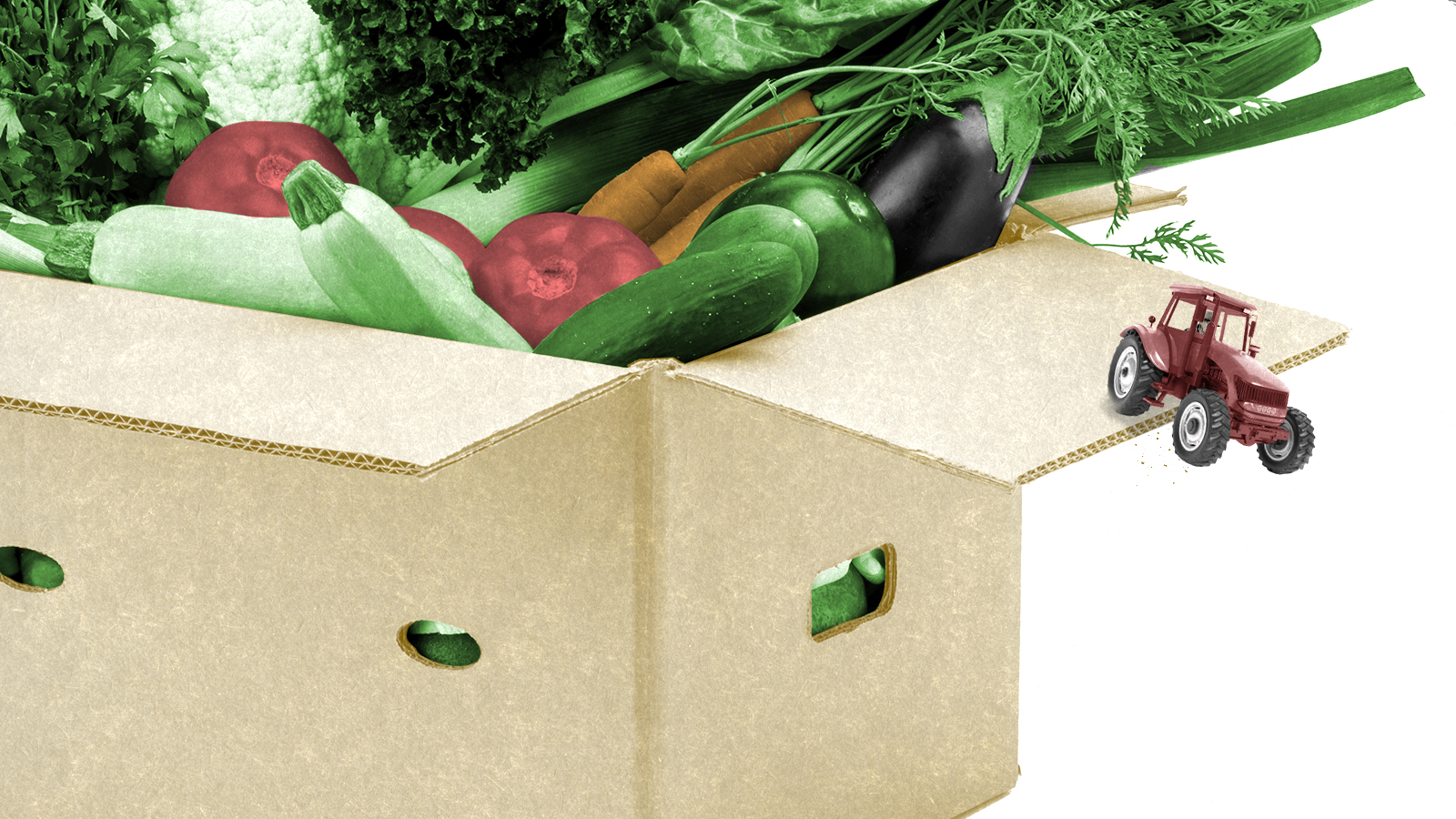
For a moment during the pandemic, it looked like the meek would inherit the earth. Small farmers across the United States were suddenly thrust into a world where people weren't shopping at the major grocery store chains anymore, either out of fear of the mobs or annoyance with shortages. With travel restrictions and lockdowns, customers were forced to stay — and shop — local. Small farms nationwide experienced a boom in their community-supported agriculture programs (CSAs), which allow members to buy shares of a farm's produce for a season and regularly receive locally sourced food.
I experienced this firsthand. When the lockdowns began, I started working with Maryland's Good Soil Farm and participating in their CSA. As the world crumbled around us, the CSA became the center of our community. People gravitated towards it, not just to circumvent supply chain issues but because it returned us to a more human way of living: You saw the hands that grew the food you ate and knew your neighbors who ate the same way.
A year ago, farmers and former USDA officials alike voiced optimism that customers would retain a sense of loyalty to their local farms after the pandemic. But now that restrictions are lifting, membership numbers are plummeting. A post-pandemic decline in small farms is coming and its most exacting costs will be human.
The Week
Escape your echo chamber. Get the facts behind the news, plus analysis from multiple perspectives.

Sign up for The Week's Free Newsletters
From our morning news briefing to a weekly Good News Newsletter, get the best of The Week delivered directly to your inbox.
From our morning news briefing to a weekly Good News Newsletter, get the best of The Week delivered directly to your inbox.
The plight of locally scaled farms is nothing new. State and federal policies systematically favor large agribusiness over smaller farmers. Delicia Brown with Broadview Farm and Gardens, in Illinois, observes that "there are no real state programs designed specifically for 'small Ag.'" She explains that in order for farms to sell meat at markets, their livestock has to be processed at a USDA facility. Such facilities aren't easy for small farmers to access; some Brown knows have to drive "from northern Illinois all the way to Iowa, Minnesota, and even Virginia to get their livestock processed." Brown points out that this transportation issue wouldn't be a problem for "big Ag" commodity farmers, who also "enjoy the benefit of subsidies and crop insurance if they should have a failure."
The pandemic marked a rare growth opportunity for small farmers, on the other hand. John Bilbro, the owner of Resurrection Farm in Washington state, started a delivery route in response to COVID. The CSA of the farmer's co-op he sells to quadrupled its signups in 2020, an unprecedented growth. Peter Grubbe of Middlebury Farms in Illinois says that in the past two years, "our CSA membership was the highest ever," a claim echoed by Gina Anderson, the president of Canticle Farm in New York, which saw a "huge uptick" in CSA sales. But by 2021, Canticle's numbers returned to pre-pandemic levels.
Now many are bracing for a bad summer. Broadview sold out its CSA in 2020, but "2021 saw a decline of around 20 percent," says Brown. "This year we are on track to be down another 15 percent. I knew there would be a decline once restrictions lifted and folks' supply chain worries eased, but I must admit I was surprised how much it dropped." Stewart Lundy, a farmer, consultant, and soil alchemist with Perennial Roots Farm, in Virginia, is even more melancholic: "I should have enjoyed it more," he admits. "These at the bottom of the world were little kings for two short years."
A perfect storm of economic and political unrest is coinciding with post-pandemic decreases. "When Ukraine and Russia together produce a significant chunk of the world's wheat and suddenly we're not importing that wheat, you're going to see food costs go up," remarks Lundy. "The only way to cover that is to cut the fat or to pass the cost to the consumers, which we are seeing in rising prices." Brown also worries about inflation because although "the consumer base here definitely supports their local food producers, […our] costs are more greatly impacted than large farms and in some cases, people just don't have the money to buy from us." Bilbro also worries about having to raise prices: "I would guess with grocery store prices rising as well, most of my customers would continue to buy a similar amount from me, but I guess time will tell."
A free daily email with the biggest news stories of the day – and the best features from TheWeek.com
Some farmers remain optimistic. Katherine Nietmann, the co-owner of Moose Meadow Farm in Idaho, states that their CSA shares sell out every year because the farm is certified organic and there aren't many competitors locally. "We're not worried about lifted restrictions," she told me. "In our area, many residents and visitors don't take the virus and restrictions seriously anyway and mandates aren't well enforced." Brien Darby, the executive director of Cultivate KC, sees the urban farms his non-profit supports in the Kansas City area as poised for success. "I predict a continued trend of more urban farms opening in our area," he said. "We have yet to come anywhere close to meeting the market demand for locally grown produce."
All the farmers I spoke to see what they do as more than just a business transaction, but also the work of personal and community formation. Brown believes that "the small food producer carries not only the weight of production but education and community outreach on his or her shoulders." Negotiating between these roles requires a lot of energy for a local farmer; Bilbro reminds me "there are a lot of farms that are run more on passion than financial stability."
There aren't simple solutions to these problems, though. As Lundy cautions, "Sound ecology is ultimately sound economics," and government subsidies that incentivize farmers to only grow cash crops are ultimately counterproductive. "It pushes farmers to drive up production instead of focusing on what is sustainable long-term for the health of the soil and future productivity … If we incentivize building better soil, productivity would increase for farmers with reduced input costs and the nutritive value of crops would also increase."
When I ask what the average person can do to support the farms' work of building local culture and agriculture, the farmers are unanimous: Get involved. Visit farmer's markets or local farms, and do so without expectations. "If you go to a market with expectations, you'll always be disappointed," says Lundy. "But if you go with the plan to make a meal, even just one meal, from what you can find at the market, it becomes a creative pursuit."
But he adds that "we need a balance of both public policy and individual action or nothing will really get accomplished … Lobby for policy changes, yes, but do what you can now, too."
John-Paul Heil is a PhD candidate at the University of Chicago and an adjunct professor of history and liberal arts at Mount St. Mary's University. His writing has appeared in Time, Smithsonian, and the Los Angeles Review of Books, among other publications. He is a 2021-22 Fulbright scholar to Italy.
-
 How the Bondi massacre unfolded
How the Bondi massacre unfoldedIn Depth Deadly terrorist attack during Hanukkah celebration in Sydney prompts review of Australia’s gun control laws and reckoning over global rise in antisemitism
-
 Received a gift card this holiday season? Here’s how to maximize it.
Received a gift card this holiday season? Here’s how to maximize it.The Explainer Make the most of your present
-
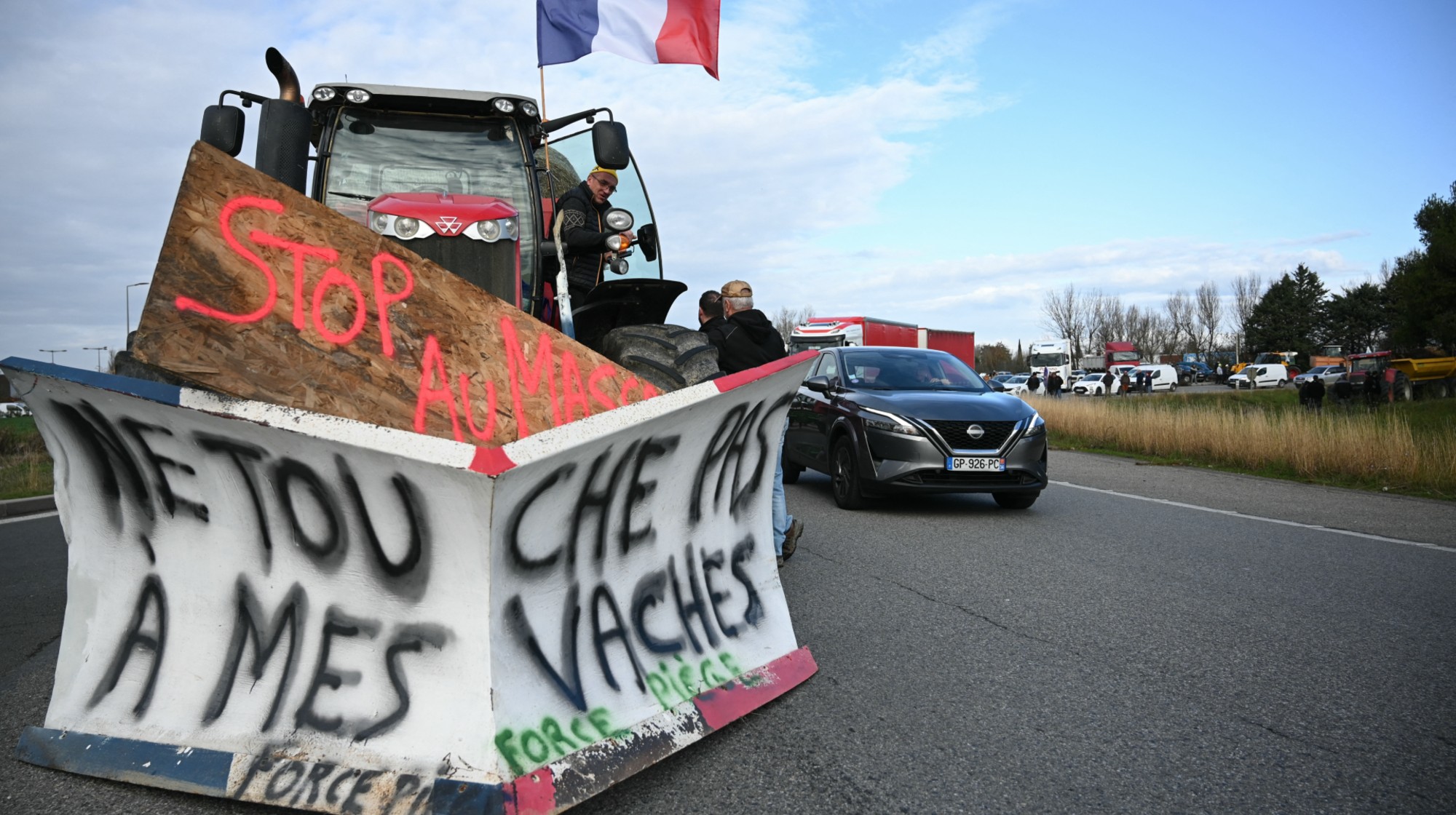 ‘Lumpy skin’ protests intensify across France as farmers fight cull
‘Lumpy skin’ protests intensify across France as farmers fight cullIN THE SPOTLIGHT A bovine outbreak coupled with ongoing governmental frustrations is causing major problems for French civil society
-
 Book reviews: ‘We the People: A History of the U.S. Constitution’ and ‘Will There Ever Be Another You’
Book reviews: ‘We the People: A History of the U.S. Constitution’ and ‘Will There Ever Be Another You’Feature The many attempts to amend the U.S. Constitution and Patricia Lockwood’s struggle with long Covid
-
 Why Irish traditional music is having a moment
Why Irish traditional music is having a momentIn The Spotlight Frustrations with isolation and technology credited for reviving 'auld' trad tunes
-
 A not-so-quiet place: Why is no one using headphones in public anymore?
A not-so-quiet place: Why is no one using headphones in public anymore?Under the Radar People are increasingly comfortable with both speakerphone and watching videos (very) out loud
-
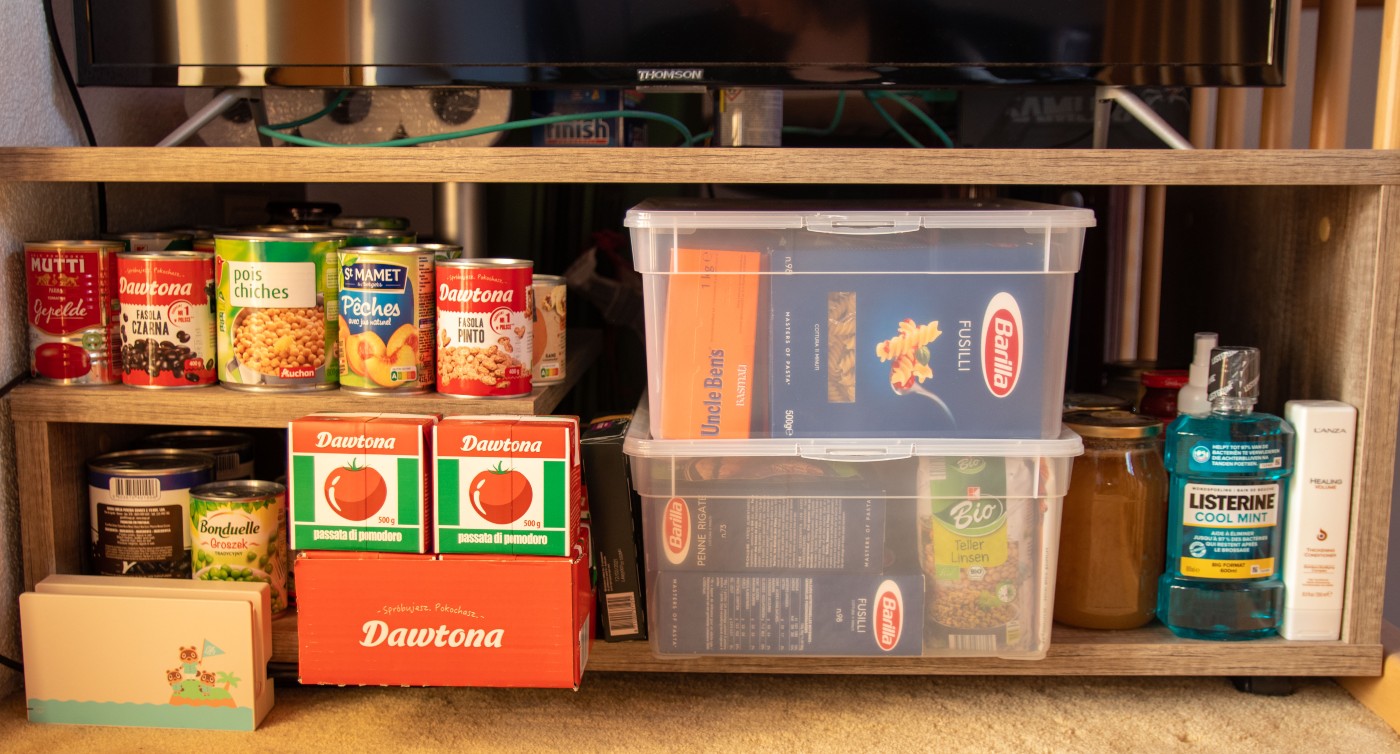 Gas masks and loo rolls: why 'preppers' are on the rise
Gas masks and loo rolls: why 'preppers' are on the riseUnder The Radar Doomsday community has expanded from 'Rambo wannabes' to 'Tesco regulars'
-
 Breathtaking: the Covid drama that may make you scream
Breathtaking: the Covid drama that may make you screamThe Week Recommends ITV three-parter is a 'tour de force' that exposes 'political complacency'
-
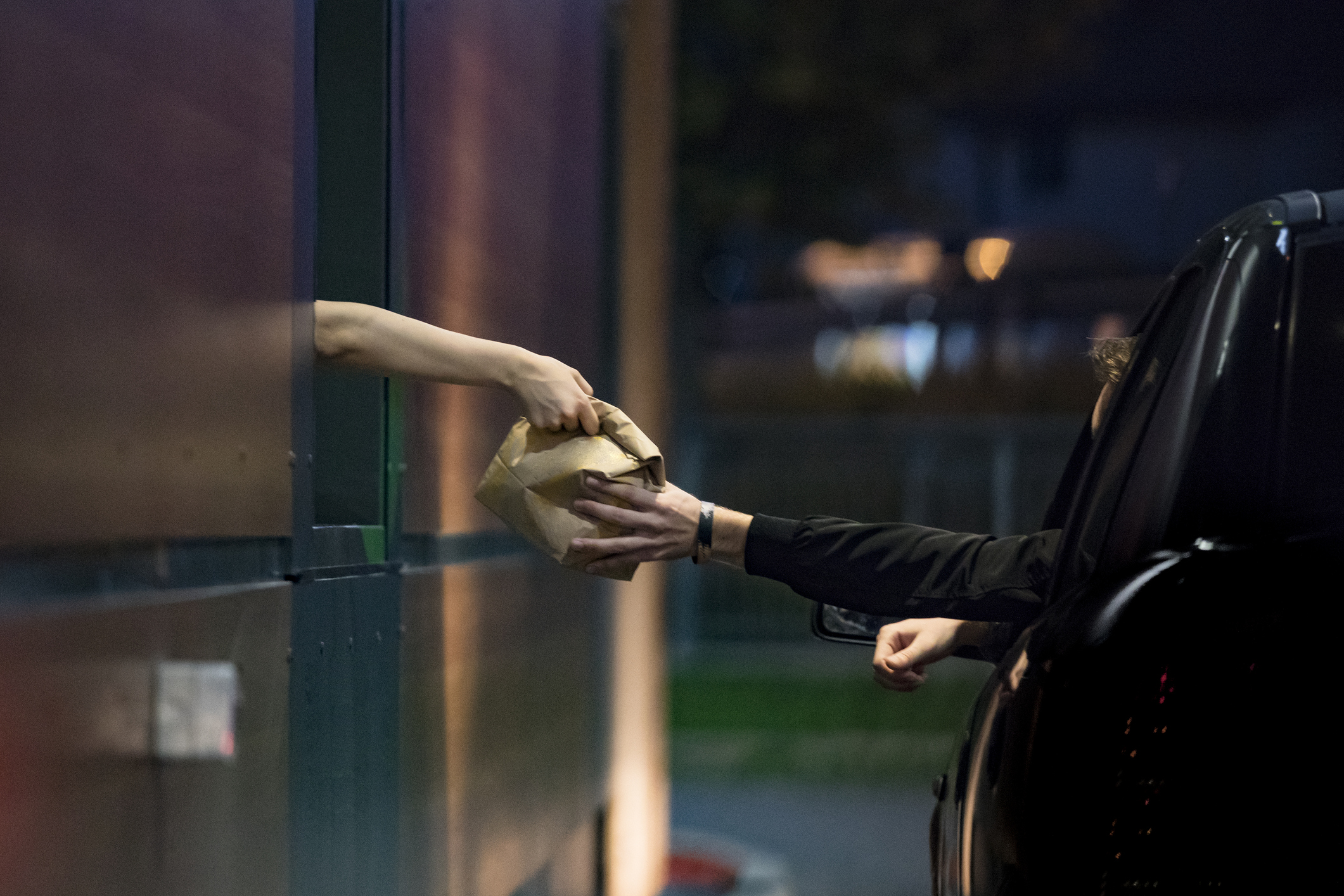 The lasting changes of the post-pandemic dining era
The lasting changes of the post-pandemic dining eraThe Explainer The newest of new normals
-
 How revenge travel is impacting the aviation and tourism industries
How revenge travel is impacting the aviation and tourism industriesTalking Point The surge in travel is a far cry from the previous pandemic years during which travel took a hit
-
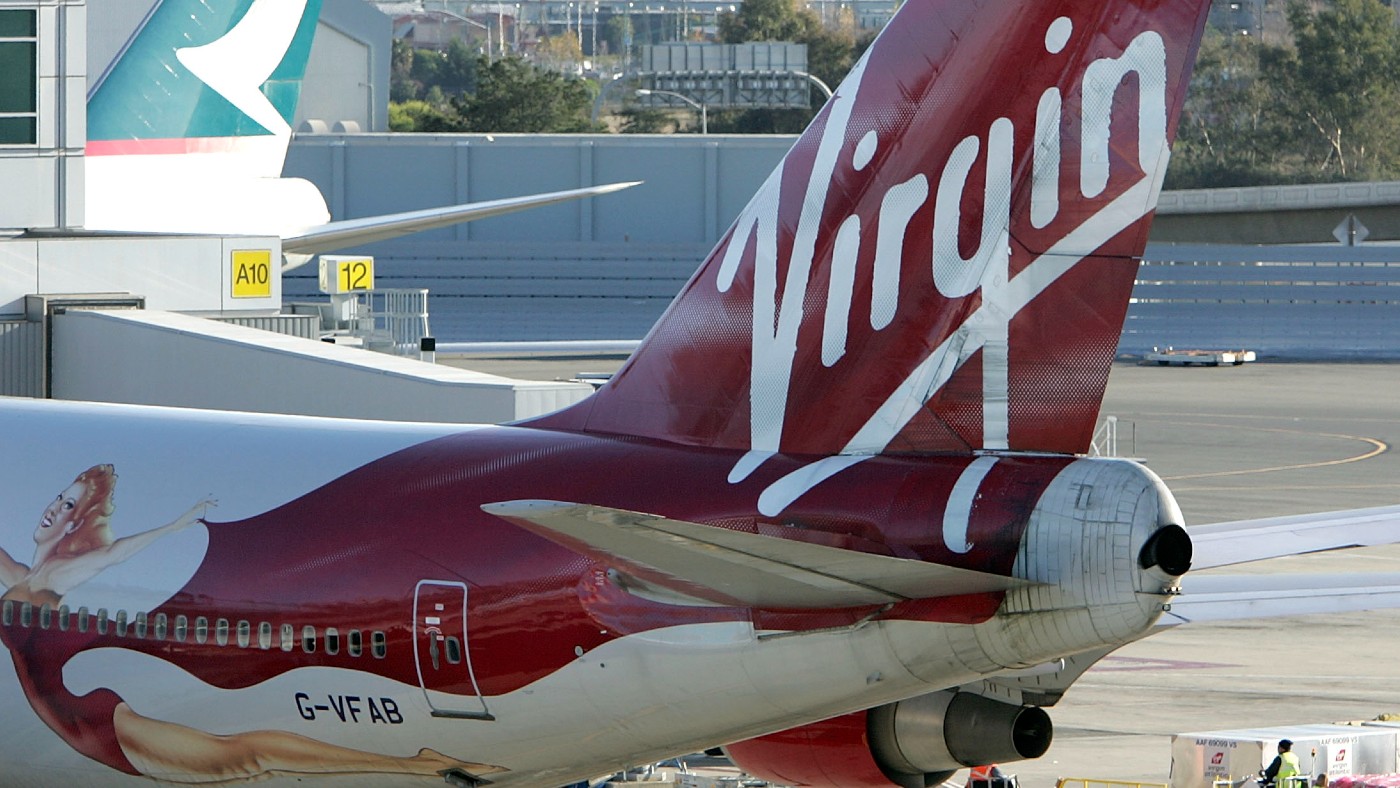 Virgin Atlantic fined for violating Iraqi airspace
Virgin Atlantic fined for violating Iraqi airspaceSpeed Read Airline said the incursions were accidental and caused by the Covid-19 pandemic
